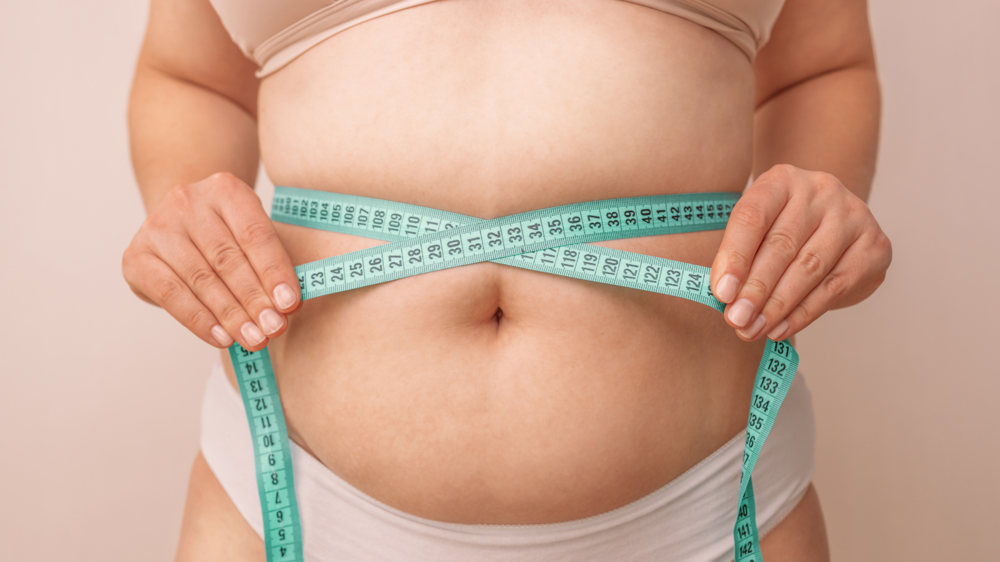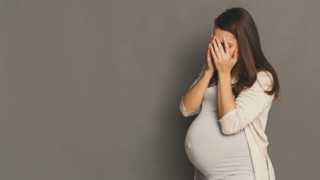In this article:
After delivery, it’s normal for the uterus to take time to shrink, for abdominal muscles to stay stretched, and for fluid to slowly drain. Add in constipation, gas, and hormonal shifts, and you’ve got a recipe for a lingering “baby bump” that nobody warns you about.
Let’s break down why this happens, what’s going on underneath the skin, and how to support your recovery without falling into shame or snapback culture.
What’s Really Behind the Post-Baby Belly?
A still-rounded belly after childbirth isn’t just “extra weight.” It’s a combination of physiological recovery, unresolved pressure changes, and stretched structures. Here’s what’s happening:- Uterine involution: After birth, your uterus starts shrinking from the size of a watermelon back to a small pear. This process, called involution, takes about 6–8 weeks, and your belly won’t fully flatten until it's complete.
- Abdominal muscle separation (diastasis recti): Nearly 60% of people experience a separation of the abdominal wall during pregnancy. This separation can take months to close, and the muscle gap can cause visible bulging.
- Fluid retention and bloating: Your body retains fluids during pregnancy to support increased blood volume and tissue growth. After birth, this fluid doesn’t disappear overnight. Swelling and bloating are common for several weeks postpartum.
- Constipation and gas: Pain medications, iron supplements, inactivity, and fear of straining during bowel movements can lead to trapped gas and constipation, making your belly feel bigger and uncomfortable.
- C-Section swelling and internal healing: After a caesarean, abdominal tissues take longer to recover. Swelling around the incision and internal inflammation can delay the flattening of the belly.
Why It Matters: More Than Just Appearance
That lingering bump isn’t just a cosmetic concern. It can impact your physical comfort, self-image, and emotional recovery. Here's how:- Core weakness and back pain: A stretched-out abdominal wall means less core support, which puts strain on your back and pelvis.
- Delayed pelvic floor recovery: The abdominal muscles and pelvic floor work as a unit. When one is weak, the other struggles too, leading to incontinence, heaviness, or prolapse symptoms.
- Body image distress: Feeling like you “still look pregnant” can be emotionally difficult, especially when others expect you to "bounce back." This perception gap can fuel shame and sadness during an already vulnerable time.
- Feeding and posture strain: Breastfeeding or bottle-feeding with a weak core and round belly may contribute to shoulder, wrist, and neck tension.
Common Causes of a Lingering Postpartum Belly
Let’s unpack what might be contributing to your post-birth body shape:- Uterine size hasn’t normalised yet – This is expected and usually resolves in 6–8 weeks.
- Diastasis recti – A separation of the rectus abdominis muscles, often visible as a vertical bulge when you strain.
- Visceral fat accumulation – Some fat gain is hormonal and protective. It often redistributes postpartum, especially around the belly.
- Poor posture or anterior pelvic tilt – The weight of pregnancy can alter alignment, making the belly protrude more.
- Slow gastrointestinal motility – Hormones and pain medications can slow digestion, causing visible bloating.
- C-section recovery swelling – Healing tissues beneath the skin contribute to belly puffiness, especially in the lower abdomen.
How Is It Assessed?
There’s no one test for “postpartum belly,” but here’s what your provider may check:- Uterine involution via manual palpation at your postnatal check-up.
- Abdominal muscle separation using the finger-width test (for diastasis recti).
- Pelvic floor tone is assessed if incontinence or heaviness is present.
- Body composition may be discussed in the months following delivery, though this is not a clinical concern unless it impacts function.
What Helps And What Doesn’t
There’s no quick fix, but there are supportive strategies that aid recovery:- Time and patience – Uterine shrinkage, hormone rebalancing, and tissue healing take time.
- Pelvic floor physiotherapy – Many physiotherapists are trained in postpartum recovery. They can assess diastasis recti, posture, and pelvic function.
- Gentle core rehab – Avoid crunches early on. Instead, start with diaphragmatic breathing, pelvic tilts, and transverse abdominis engagement exercises.
- Postpartum binding (with caution) – Belly bands can offer support, but should not be tight or used as a substitute for muscle recovery.
- Adequate hydration and fibre – Prevents constipation and bloating, which can enlarge your belly further.
- Anti-inflammatory meals – Turmeric, ginger, soaked methi seeds, and warm moong dal khichdi can support gut health and reduce puffiness.
- Avoid intense workouts too early – High-impact activity or premature ab work can worsen diastasis and pelvic issues.
Emotional and Practical Support Matters
Seeing your body change in ways you didn’t expect can trigger grief, frustration, or even body dysmorphia. Give yourself permission to:- Grieve your old body without guilt. You’re allowed to miss it and still be grateful for what your body did.
- Ask for help, whether it’s for meals, rest, or mental health care.
- Avoid toxic comparison on social media, especially with curated “snapback” culture.
- Buy clothes that fit your new body. Comfort helps healing.
- Talk to a professional if distress over your body is affecting your mood, sleep, or bond with your baby.
FAQs on Why You Might Still Look Pregnant Weeks After Birth
- How long does it take for your belly to shrink after giving birth?
Uterine involution usually takes 6–8 weeks, but full abdominal recovery (including muscle repair) may take 3–6 months or longer. - Is it normal to still look pregnant 2 months postpartum?
Yes. Many people still have visible abdominal swelling or diastasis recti several months after birth, especially if breastfeeding or recovering from surgery. - What is diastasis recti, and can it go away on its own?
It’s the separation of the abdominal muscles. Mild cases often resolve with time and targeted exercises; moderate-to-severe cases may need physiotherapy. - Can I wear shapewear to flatten my belly?
Light compression garments can support posture but should not replace muscle recovery or be worn tightly for long periods. Avoid during early healing.






